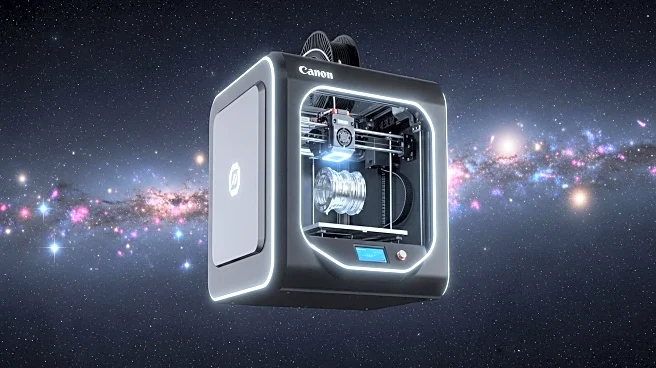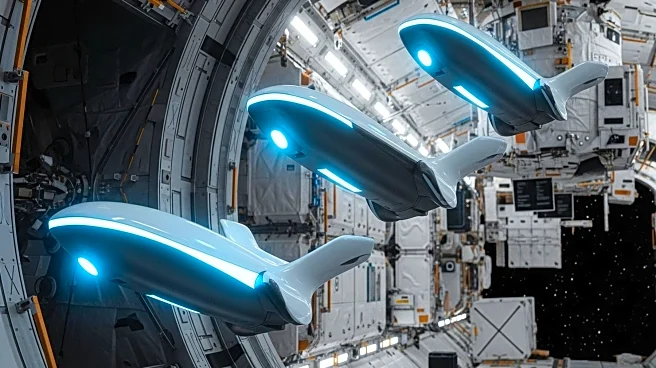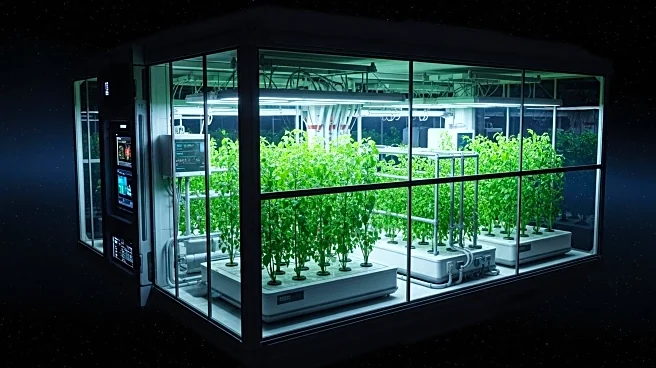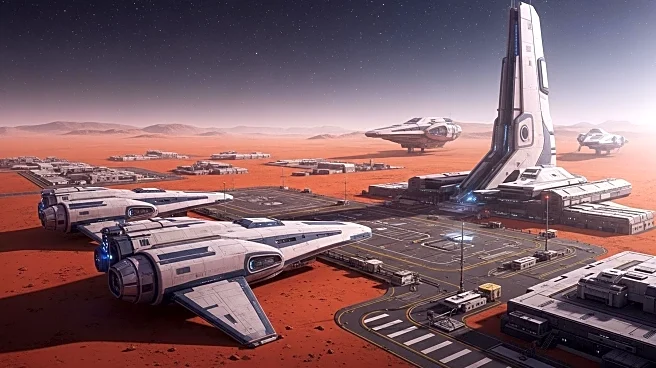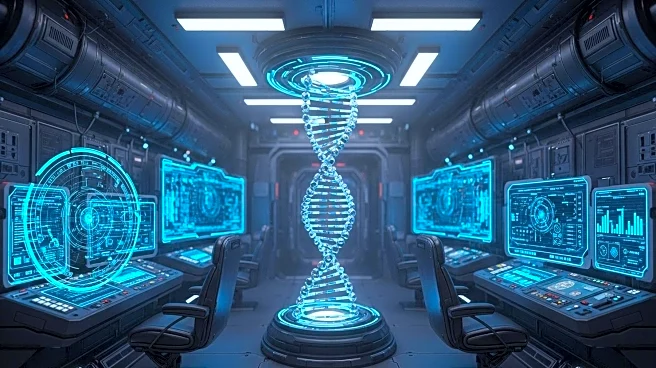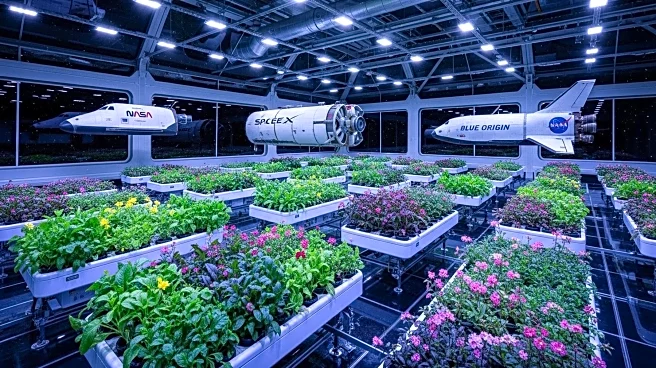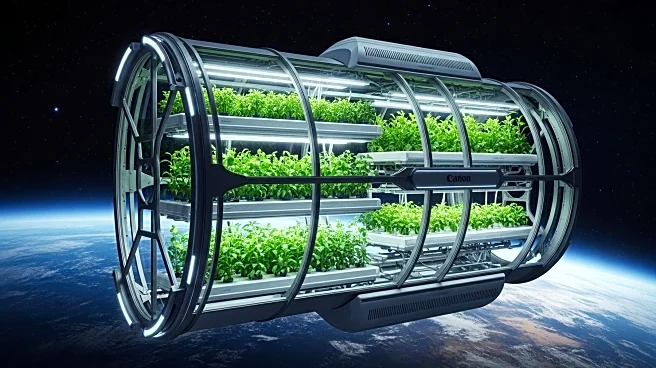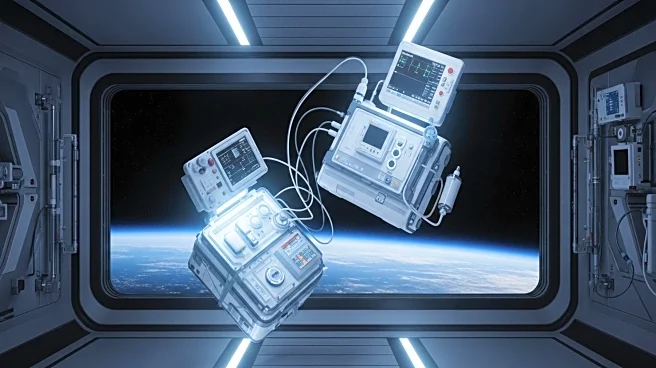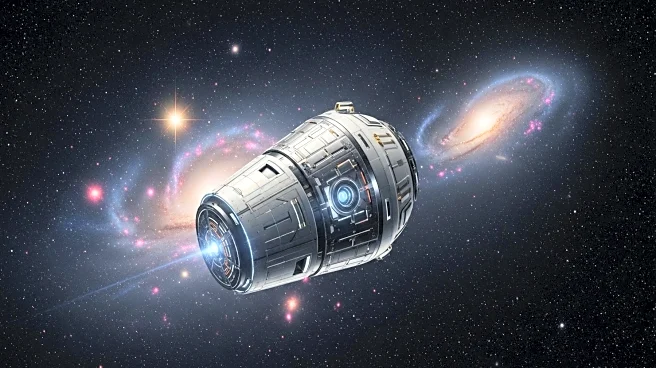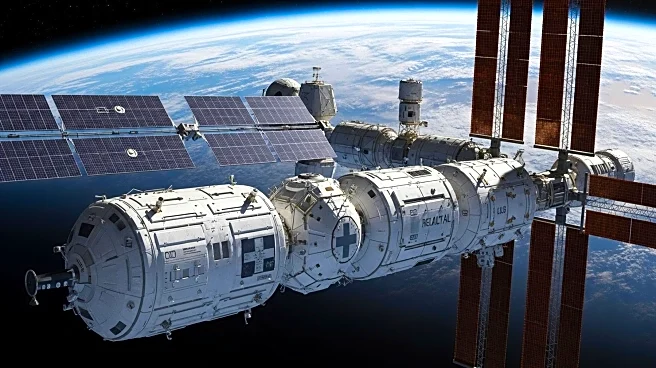What is the story about?
What's Happening?
A palm-sized stainless-steel part, produced using the first metal 3D printer in orbit aboard the International Space Station (ISS), has returned to Earth. This development marks a significant advancement in manufacturing technology, as it was created in microgravity, where the absence of gravity allows for new engineering possibilities. The ISS printer, developed under a European Space Agency program, feeds stainless-steel wire and operates within a sealed safety box to protect the crew and systems. The part's return to Earth brings valuable data on how metals behave without gravity, potentially reshaping how hardware is built and repaired in orbit and beyond.
Why It's Important?
The ability to manufacture metal parts in space could revolutionize space exploration and operations. For missions to the Moon or Mars, the capability to produce essential tools or structural components on-site reduces the need for resupply missions, which are costly and time-consuming. This advancement could lead to significant cost savings and increased efficiency in space missions. Additionally, the technology could pave the way for more sustainable space exploration by allowing for the on-demand fabrication of parts, reducing the need to launch fully assembled components from Earth.
What's Next?
The next steps involve rigorous testing of the space-made metal parts to ensure they meet Earth standards for strength, reliability, and precision. These tests include CT scans, tensile tests, and microscopy. The findings will inform future applications of this technology, potentially leading to the development of more complex components in space. The ultimate goal is to understand which parts can be reliably manufactured in orbit and how these processes can be scaled to support human exploration further into space.
Beyond the Headlines
This development signals a shift from launching all necessary equipment from Earth to building what is needed in space. It represents a move towards more autonomous and sustainable space operations. The implications extend beyond space exploration, as the technology could eventually be adapted for use in remote or extreme environments on Earth, where traditional manufacturing is challenging.
AI Generated Content
Do you find this article useful?
